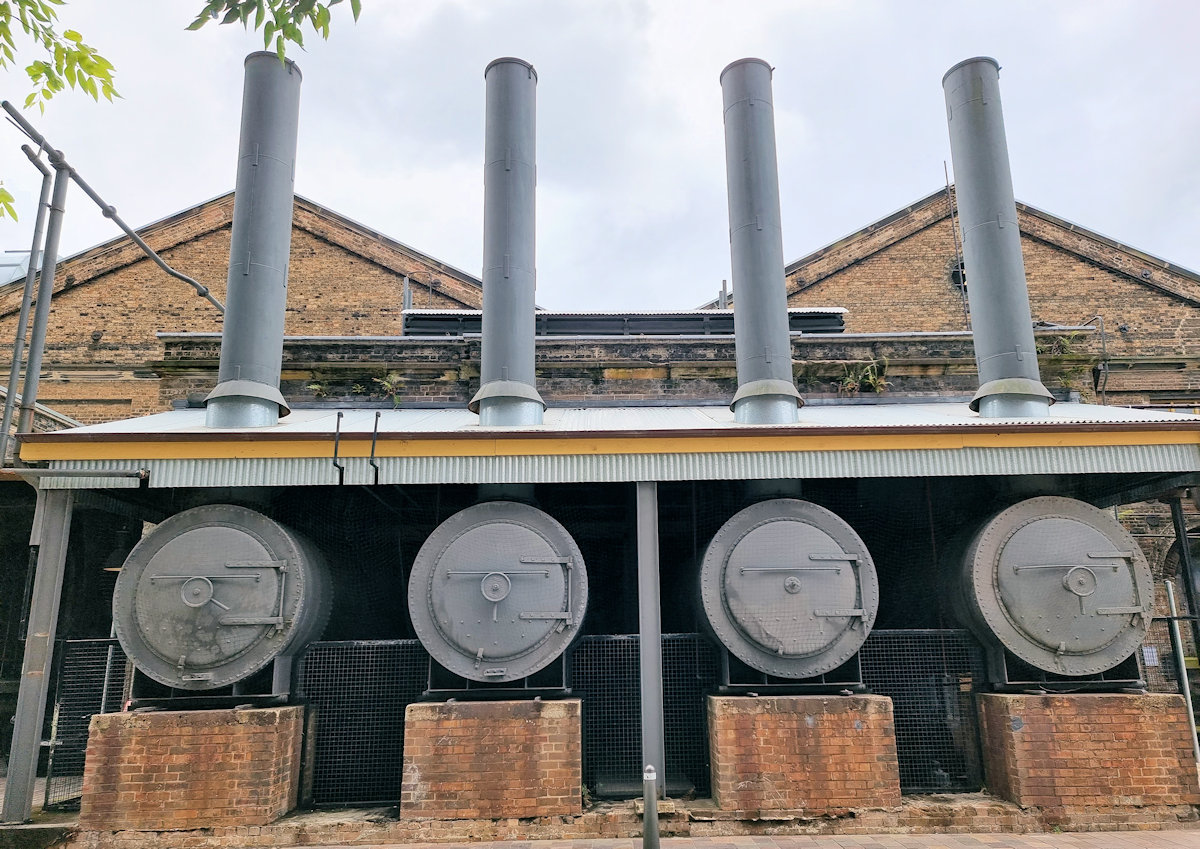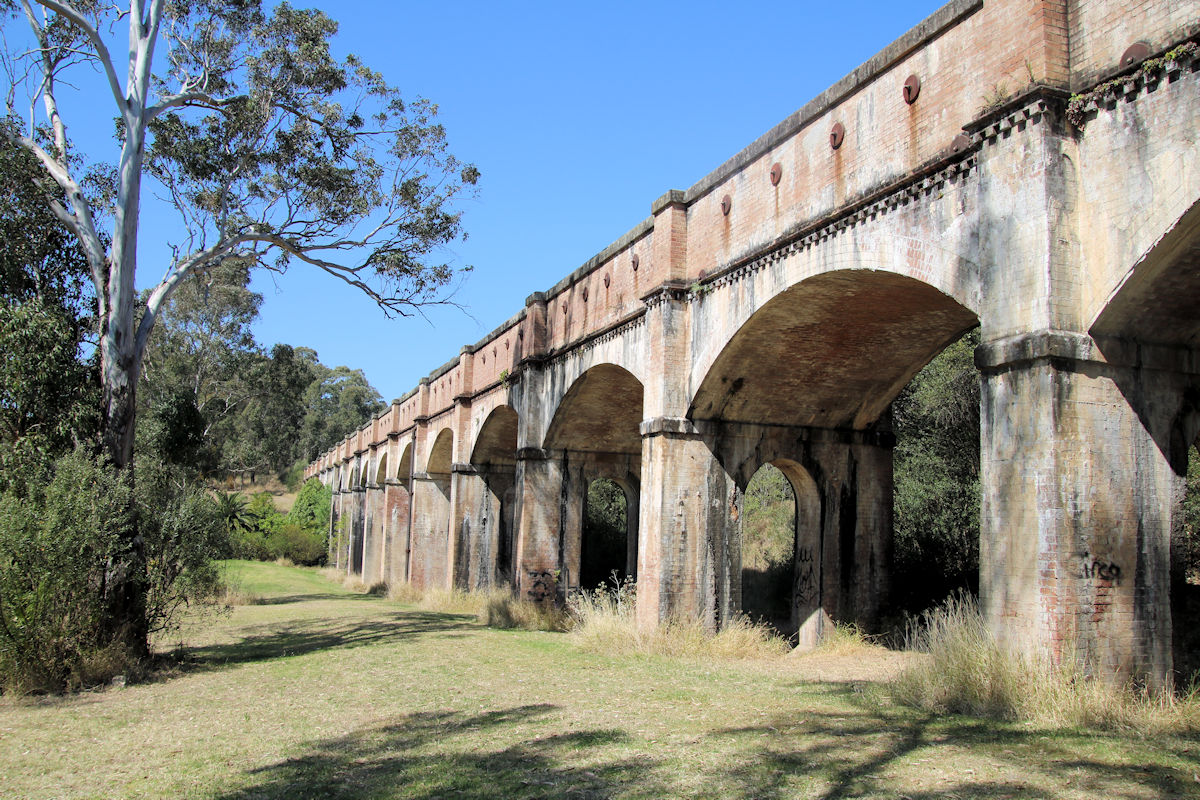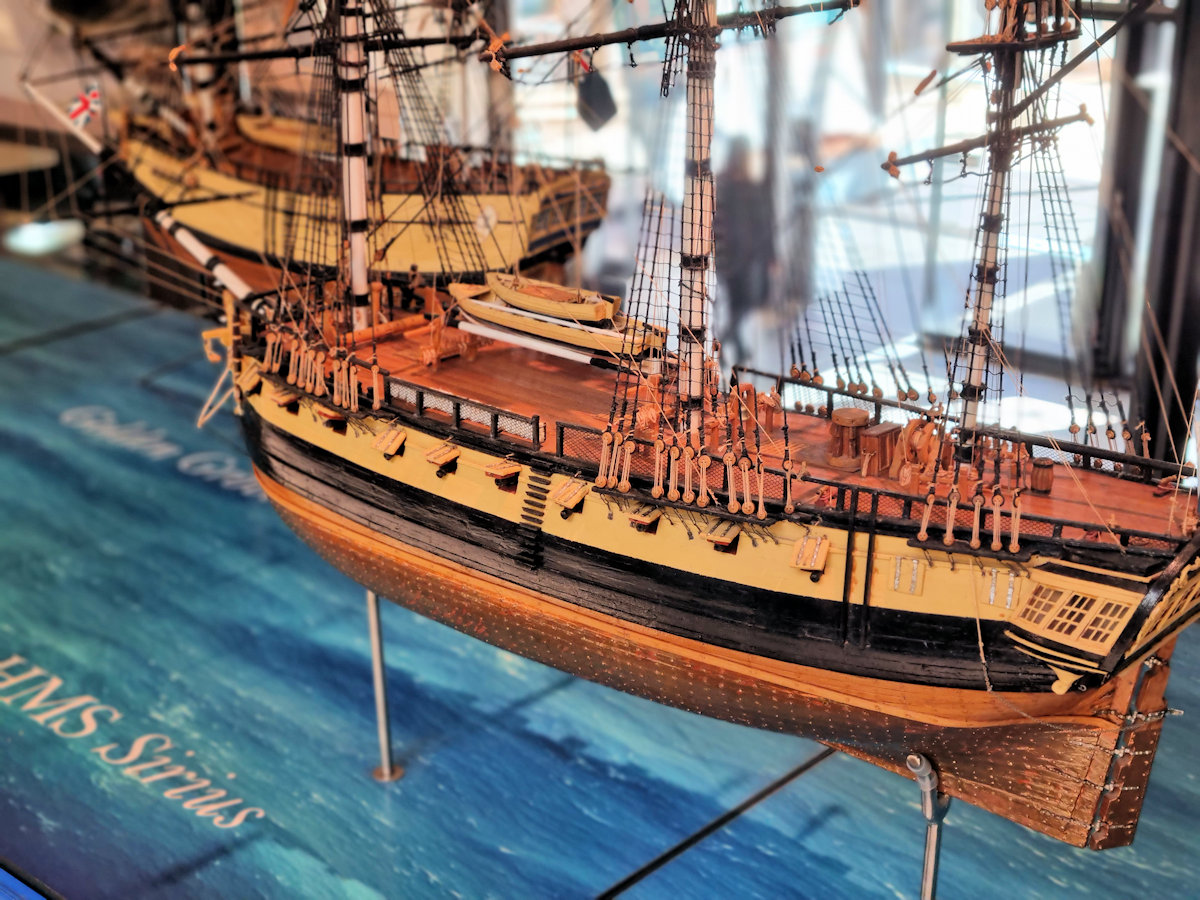Category: History
-
South Eveleigh Sydney Australia

South Eveleigh Sydney Australia Located in Sydney Australia, South Eveleigh has undergone significant revitalization in recent years. This transformation has turned an industrial site into a modern and dynamic precinct that combines technology, innovation, lifestyle, and heritage. One of the major highlights of South Eveleigh is its rich industrial heritage. The site was once home… Read more
-
Boothtown Aqueduct Sydney

Boothtown Aqueduct Sydney Built between 1886 and 1888, the Boothtown Aqueduct was part of the Upper Nepean Scheme to convey water from the new Prospect reservoir to the new Potts Hill reservoir. In 1907 the aqueduct was by-passed with a 3 metre wide, reinforced concrete syphon, built on the southern side that allowed the water… Read more
-
Museum of Sydney

Museum of Sydney Located on Bridge St, not far from Circular Quay, the Museum of Sydney focuses on the history of the city with an emphasis on the impact white settlement had and still has on Aboriginal People. Getting There As with many attractions in Sydney, public transport is the easiest and cheapest way to… Read more